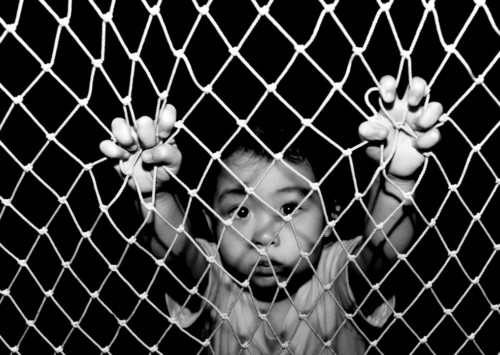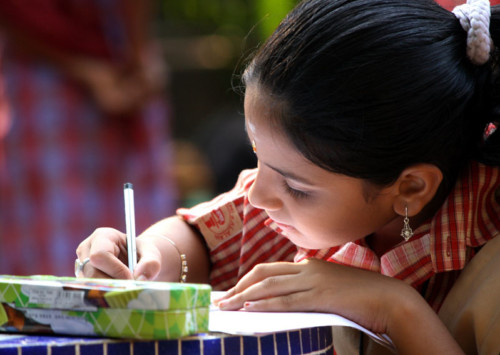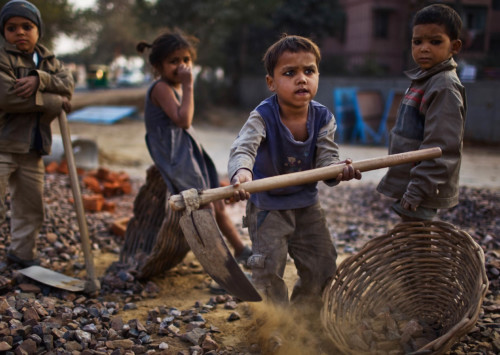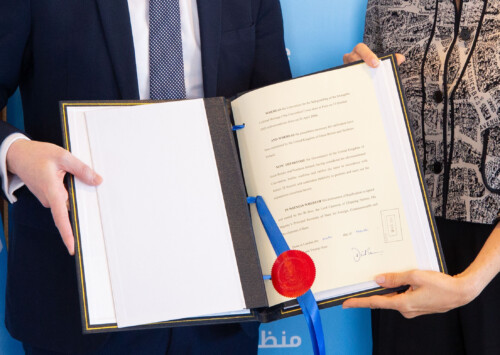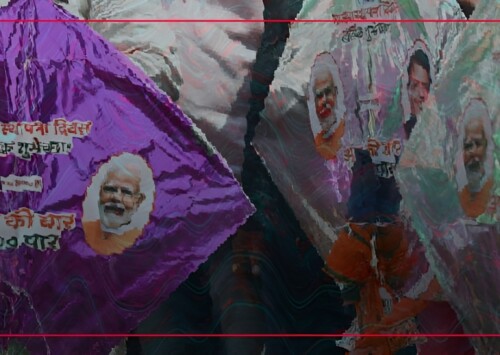Government seeks to revamp the Ladli Scheme for girl child
India & You
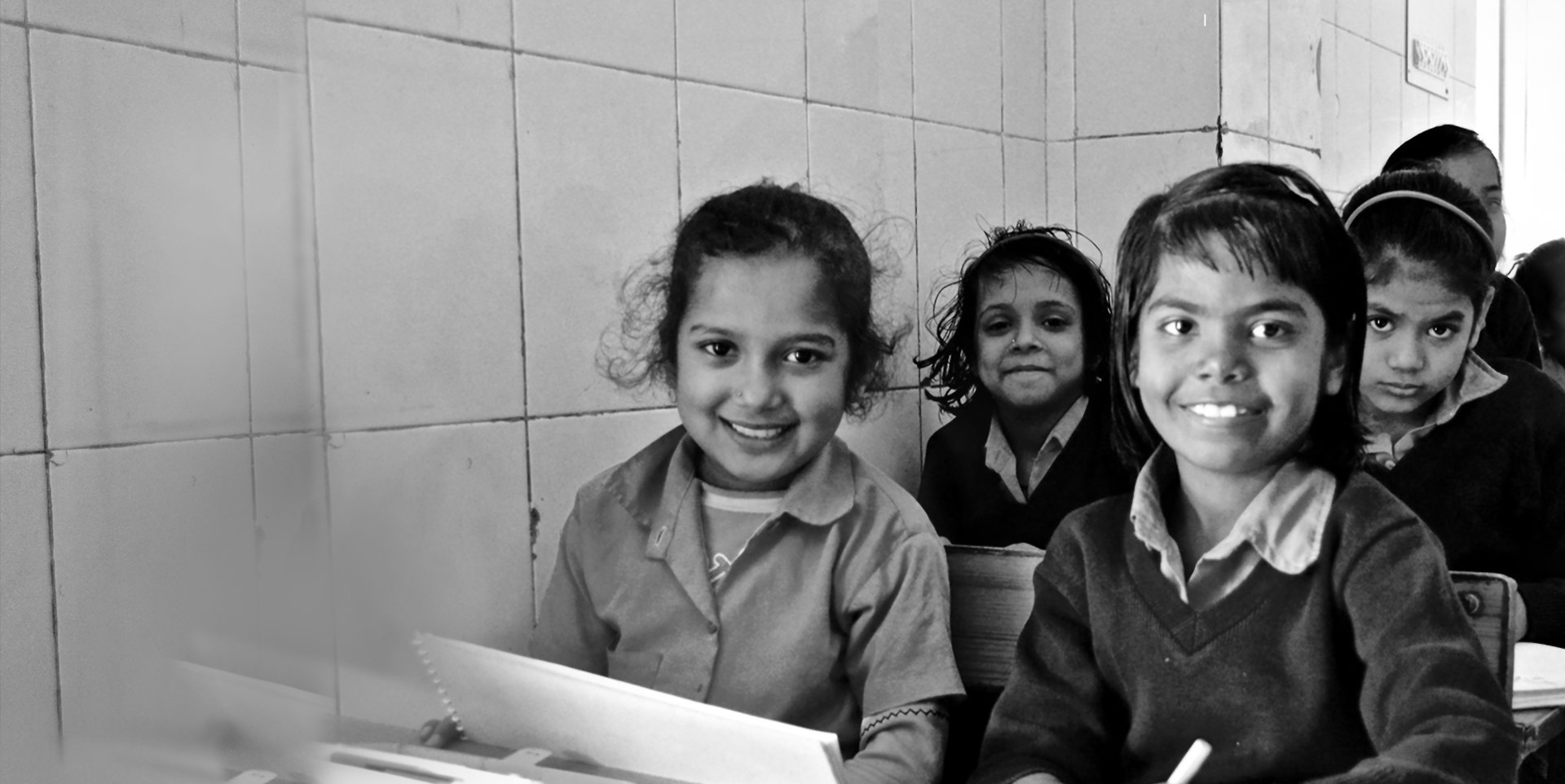
A girl child is still given less preference than a boy child in many rural parts of India as the girls are considered to be a financial burden
Ladli scheme was launched in India in 2008 for the upliftment of the girl child and the Aam Aadmi Party government (AAP) in New Delhi, the Indian capital, now seeks to revamp the scheme with some liberalisations for the beneficiaries.
The Ladli (beloved girl) scheme was launched in January 2008 in India by the then ruling political party – Indian National Congress that aimed to empower the girl child in the Indian society.
A girl child is still given less preference than a boy child in many rural parts of India as the girls are considered to be a financial burden while the boys are believed to earn and support the family when they grow up.
In order to reduce the problem of female feticides and lack of female education across the nation, under the scheme the government deposits INR 35,000 in the girl child’s name at different stages from birth till she turns 18. She gets the money on completion of her studies for standard X – 16 years old or standard XII –-18 years old, age equivalent, along with the interest earned on the fixed deposit.
Other financial support is also provided to the family on the birth of a girl child in the form of term deposits of INR 11,000 if the child is born in hospital and of INR 10,000 if born at home. Additional INR 5,000 is added each time when the girl child completes her studies for standard I, VI, IX, XI and XII, i.e, when she turns 7, 12, 14, 16 and 18 years old respectively.
The Aam Aadmi Party (Common Man Party) that is currently the ruling political party in New Delhi has proposed to revamp the scheme with some amendments that aim to envisage several relaxations in the eligibility criteria and an increase in the amount given to the child when she turns 18.
Along with this, while originally the scheme requires the baby girl to be born in Delhi, the AAP government ordered to remove the condition.
The proposal to amend the scheme is to make it more attractive with the purpose of curbing the alarming slide in the sex-ratio. The scheme specifically targets economically weaker sections of the society through linked financial assistance for education up to senior secondary level.
The AAP government decided to recondition the programme following by a steady decline in the enrollment for the scheme since 2010-11. The registrations fell low in 2015-16 at 74,846 as compared to 125,337 in the inaugural year and 139,823 in 2009-10. While the interest in the scheme was still strong in the next two financial years at 105,737 and 106,585 registrations respectively, it started to wane there on. In 2012-13, there were 96,800 enrollments which further reduced to 89,246 in 2013-14.
Engraved problem of gender inequality
Not only the Ladli scheme but other girl child centric programmes, like the Dhanalakshmi scheme that was also started in 2008, couldn’t completely erase the problem of lack of education among females in the nation.
The scheme was launched by the then women and child development minister Renuka Chowdhury to encourage families to educate girls and raise a voice against child marriage, offering INR 100,000 as insurance, if the girl child was not married before she was 18.
However, according a survey by United Nations (UN), more than 69 pc said they would use such an incentive to meet marriage costs for their daughters, while 26 pc said they would use it for the girl’s education.
Around 47 pc of Indian girls below the age of 18 are married and female children are also killed before birth through sex-selective abortions.
If parents do not misuse the incentives provided by these schemes, then these can bring a change and can be a solution to the Indian antipathy to girls.

